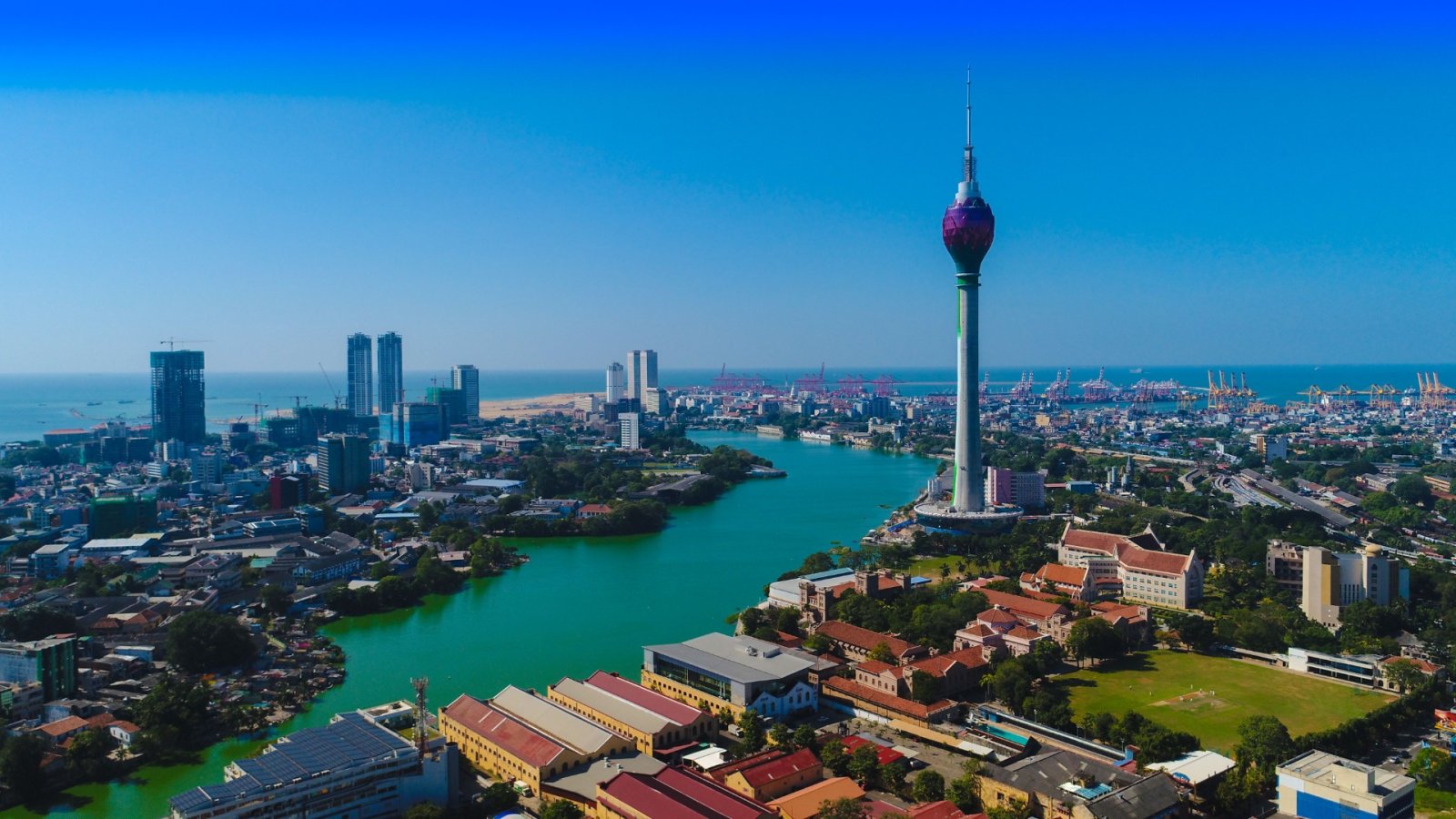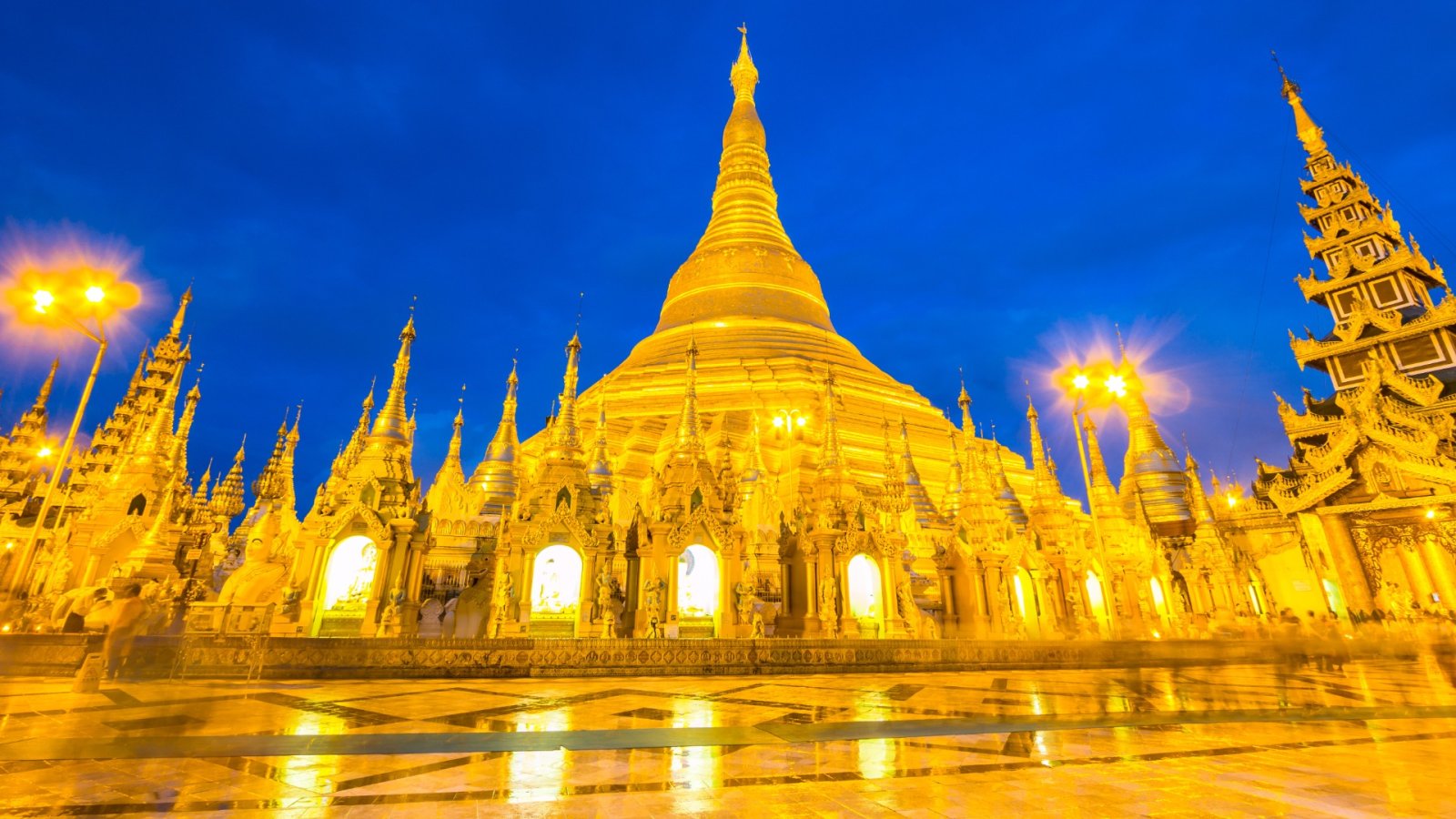As Myanmar's largest city and former capital, Yangon is one of the top destinations for visitors to the country. Both Yangon and Mandalay receive direct international flights, making them convenient entry points for exploring Myanmar.
To launch your journey in Yangon, take an AirAsia flight there from Bangkok. Upon arrival, you will be immediately struck by the vibrant energy of the city, bustling streets with trucks and buses weaving in every direction amid a landscape dotted with colorful temples and buildings in various states of preservation.
Yangon will immerse you in the sights, sounds, and cultural richness of Myanmar from the very start.
Yangon is a major metropolitan area with a population estimated at over 6 million, though many locals believe the number has already surpassed 8 million. The city is experiencing rapid growth as more people relocate from rural areas hoping to provide education and employment opportunities for their children in Yangon. With these migration trends ongoing, Yangon shows no signs of decreasing in size and will likely continue expanding its bustling metropolis well into the future!
Consistent with other major Southeast Asian cities, Yangon's streets are lively with food vendors and constant vehicle traffic. Cars honk frequently while navigating an informal traffic system where stoplights seem to have little influence. The thick humidity exacerbates the sensory overload of it all. However, one notable distinction stood out - the lack of motorcycles weaving through traffic. Yangon has prohibited motorcycles from its roads, a policy that seems to take the edge off some of the chaos. Without the additional two-wheeled vehicles zipping between cars and pedestrians, the hectic energy of the city becomes marginally more manageable.
Here is a rewritten list of top things to do in Yangon.
Must-Do Activities in Yangon:
- Marvel at Shwedagon Pagoda, especially during sunset for gorgeous light and atmosphere
Shwedagon Pagoda stands as the religious, cultural, and tourist epicenter of Yangon. Photos do little justice to convey its immense scale - at 95 meters tall, its golden stupa towers over the landscape. Both a monumental architectural feat and a focal point of faith, Shwedagon Pagoda is truly the beating heart of Yangon.
As with all temples throughout Myanmar (and other predominantly Buddhist nations), shoes must be removed before entering Shwedagon Pagoda. Upon arrival, join the steady stream of visitors leaving our footwear at the entrance. The removal of shoes serves not only practical purposes of cleanliness but also encourages spiritual reflection as one literally steps lightly into these sacred grounds.
- Explore the lush greenery of Kandawgyi Park, best enjoyed in the morning calm
For an authentic look into local Yangon life, plan a visit to Kandawgyi Park in the early morning hours. Along the southern shore, a network of wooden boardwalks comes alive as residents partake in their daily fitness routines. Joggers, Chi Gong practitioners, and other exercise enthusiasts populate the paths, taking advantage of the boardwalk's lake views and cooler temperatures before the rising sun brings intense tropical heat.
- Immerse yourself in the bustle and sights at the lively Chinatown street market
The bustling Chinatown district of Yangon spans from 19th to 26th Street, with each thoroughfare dedicated to distinct product categories. Wandering through, we explored the paper goods street and fruit/vegetable stalls before, perhaps bravely, stepping into the meat and fish market. While such a sensory experience, the scents emanating from butchered cuts and fresh catches are rather intense, especially for vegetarians! Nonetheless, navigating this lively labyrinth teeming with purveyors, shoppers and street food aromas offers a uniquely local glimpse into Yangon's culinary culture and commercial heart.
- Step back in time strolling the streets lined with preserved architectural gems from Yangon's past under British rule
During Myanmar's time as a British colony from 1824 to 1948, Yangon emerged as a major center of trade and commerce, as well as serving as the nation's capital. However, the subsequent decades of isolationist military rule took a significant toll. Where the city once sparkled as a thriving colonial metropolitan, years of neglect now see many architectural remnants of that period left stabilizing. No longer the seat of government since 2005, much of Yangon's former grandeur has faded. Exceptions include the towering "Secretariat" building, currently undergoing renovations with plans to open as a museum preserving this chapter of the country's past. Walking Yangon's streets today presents a portrait of a city transitioning from the edges of decay back towards restoration and renewal.






